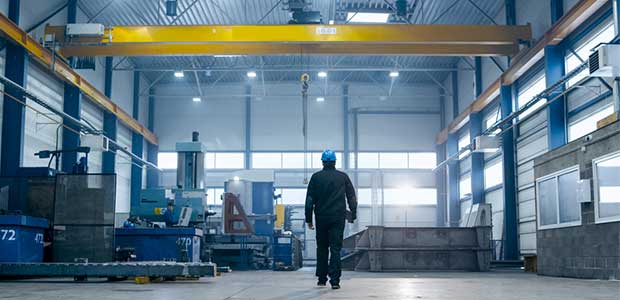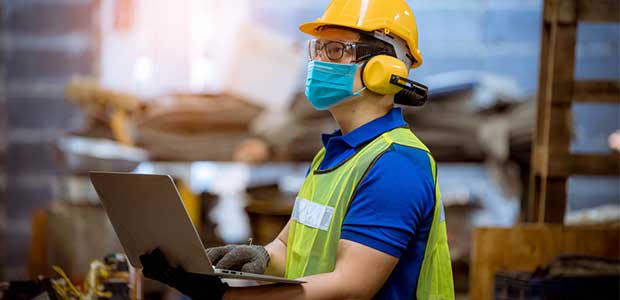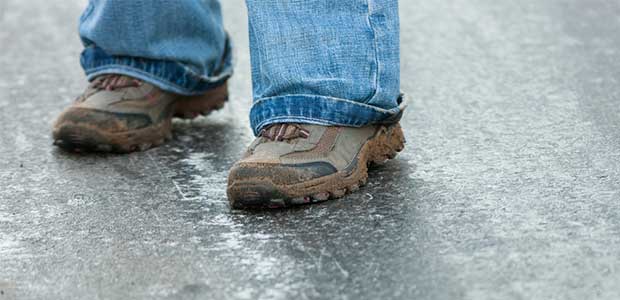Red Wing Shoe Company to promote jobs, not boots, transforming its more than 525 stores into job centers and turning its customer service line into a job search hotline.
Now, more than ever, it is important to be mindful of employees’ entire wellbeing.

High-visibility vests are under-appreciated and underestimated—especially in an industry such as construction.

Technological advancements in monitoring methods—especially personal monitoring equipment—have presented unintended possibilities for aiding in the fight against COVID-19 in the workplace.

Should we not create a future where equipment enhances a worker’s ability to perform in demanding environments?
A deep dive into the NFPA 70E and 2112 flash fire standards, and how you can best use them to fit your workers with PPE.

Did you know that the ANSI/ASSP Z10.0 Standard provides a framework for OHS management and industrial hygiene? Here are some tips on how to leverage this standard to better safeguard your workers.

The oil and gas industry is an inherently hazardous business.

Industrial vacuums are the right tool for preventing secondary explosions.

Now that many facilities are reopening, it is imperative to ensure that emergency safety equipment is compliant, in safe working order and in correct placement relative to worksite hazards.
Stress can erode physical functioning and adversely affect our body, but it also has direct effects on safety.

Fall is on its way, and so are cold and ice hazards. Make sure your business is prepared for the elements and your workers’ safety.

How data science helps to keep construction and maintenance projects on schedule and within budget.

OHS practitioners must expand their knowledge and programs to account for industrial hygiene.
Industries should keep records of waste generation and testing, report any unprecedented events, be prepared to handle emergencies with trained professionals, and have reliable hazardous waste storage options such as tanks and containers